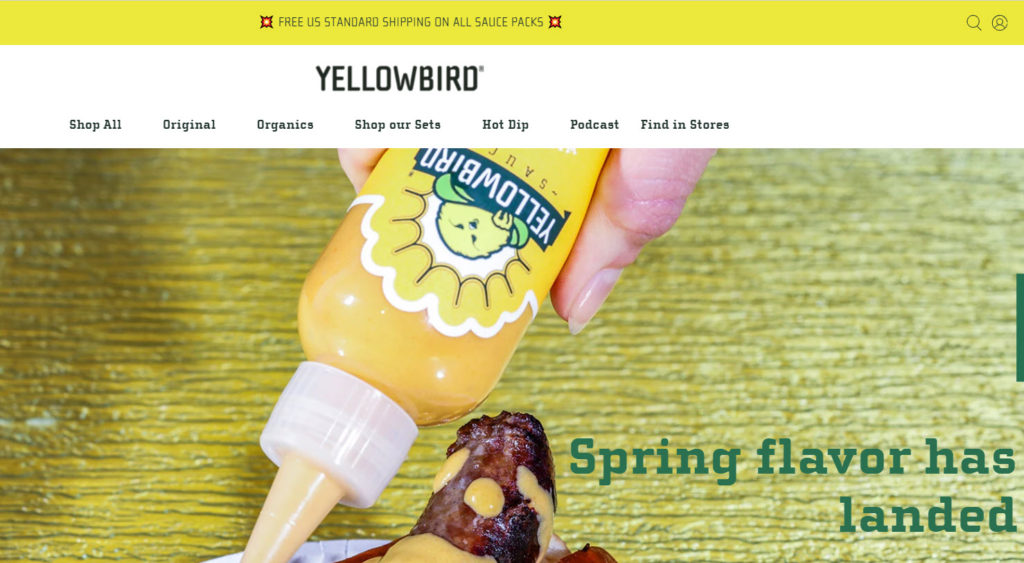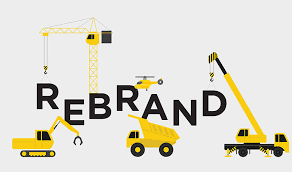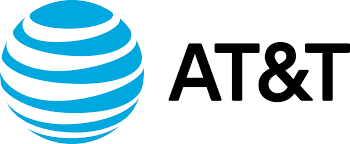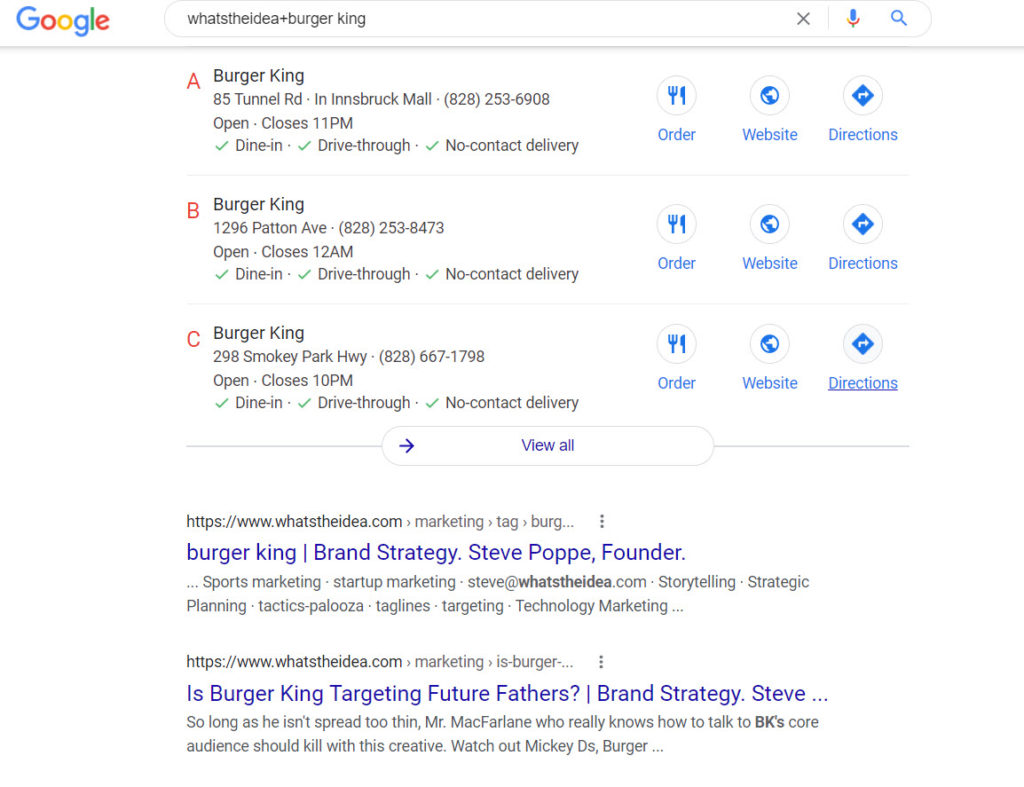Networking.
 Mike Troiano, a former colleague of mine, has a podcast on Racket and while listening yesterday he floored me with some sage advice “Network but don’t be dick.” Love this guy.
Mike Troiano, a former colleague of mine, has a podcast on Racket and while listening yesterday he floored me with some sage advice “Network but don’t be dick.” Love this guy.
The ulterior motive of networking is to increase your sphere of contacts in the hope of making more money. Sure, we network to learn from others. We network to share with others. We mine new ideas, resources and business insights and a bit of humor is always nice. But the ultimate end-result of networking is the betterment of oneself.
I’m not sure who said it, perhaps it was a Native American, but we have two ears and one mouth for a reason. If you want to network and not be a dick, listening is important. It helps you when you do open your mouth, to know what others are interested in. It lets you riff on their interests. And it is okay to veer, but don’t go all me, me, me on your cohort. Tell stories that make you more human and be careful not to brag; that’s dickish. And don’t be self-aggrandizing.
There’s a term in the telecommunication business “full duplex.” It means two people can talk and be heard at the same time. (It doesn’t work on mobile phones.) Network in full duplex mode, with ears wide open. And try to give away more than you get, while not being pedantic.
Peace.









